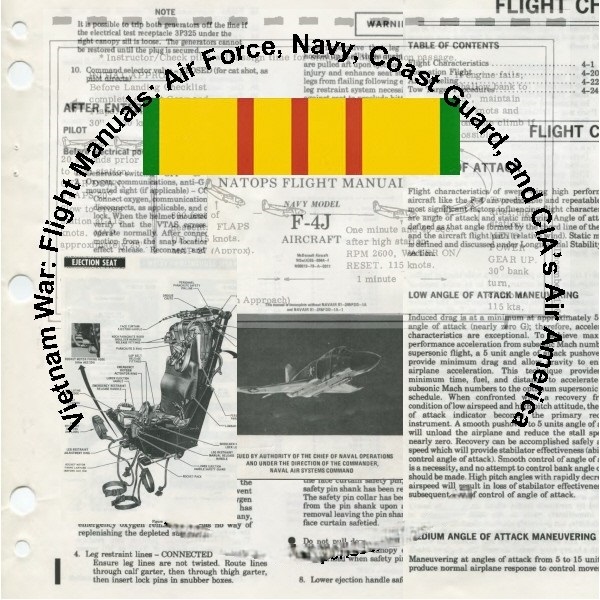
Vietnam War: Flight Manuals: Air Force, Navy, Army, Coast Guard, and CIA’s Air America
$19.50
Description
Vietnam War Era Aircraft and Personnel Timeline
Detailed Timeline of Main Events (Based on Provided Source)
This timeline focuses on the introduction and operational use of specific aircraft mentioned in the provided document concerning Vietnam War era flight manuals.
- May 1958: The McDonnell Douglas F-4 Phantom II first flies. It was originally developed for the U.S. Navy’s fleet defense.
- March 1960: The Bell UH-1 Iroquois (Huey) Helicopter is ordered into production for the United States Army. It becomes the first turbine-powered helicopter to enter production for the US military.
- 1960: Publication of the Flight Manual for C-54 and R5D Aircraft.
- January 1960: Publication of the Department of the Army Technical Manual: Flight Manual USAF Series H-34 Helicopters. This indicates the Sikorsky H-34 was in service with the USAF by this time.
- 1962: Publication of the Flight Handbook Navy Model, T-28C Aircraft.
- 1962: Publication of the Flight Manual: USAF Series C-118A and VC-118A Aircraft.
- September 1962: The designation of the Bell UH-1 changes from HU-1 to UH-1, though the nickname “Huey” remains.
- 1962 – 1975: Air America, the CIA’s covertly owned airline, operates in Southeast Asia.
- May 1963: The U.S. Air Force’s first version of the F-4 Phantom II, the F-4C, first flies.
- Late 1963 (Six Months After First Flight): Production deliveries of the USAF’s F-4C Phantom II begin.
- 1964: Publication of Air Force Manual 105-5 Weather for Aircrews.
- 1965: The Air Force sends its first F-4Cs to Southeast Asia. They are used for air-to-air missions against North Vietnamese fighters and ground attack roles.
- 1966 – 1967: Publication of several Air America Volpar Turbo Beech manuals.
- June 1967: The first AH-1G HueyCobra helicopters are delivered to the United States Army.
- November 1967: Publication of Aircraft Inspections AM-29, covering inspections common to all Army aircraft.
- 1967 – 1969: Publication of several Air America C-47 and C-123 manuals.
- January 1968: Publication of the Department of the Army Technical Manual Operator’s Manual, Army Model UH-1B Helicopter.
- 1968: Publication of Air Force Manual 51-9 – Aircraft Performance: Reciprocating And Turbine Engine Aircraft.
- 1968: Publication of Air Force Manual 51-40 – Air Navigation.
- 1968: Publication of Technical Manual, U.S. Army – TM 57-220. Technical Training of Parachutists.
- October 1968: Publication of Aircraft Systems Check TH-55.
- February 1969: Publication of Climbs, Turns, and Descents, AM-39 Part I and Emergency Procedures, AM-45.
- May 1969: Publication of the Department of the Army Technical Manual: Operator’s Manual Army Model UH-1D H Helicopter.
- 1969: Publication of Hovering, AM-39, Maximum Performance Take-Off and Steep Approach, AM 52, and Normal Takeoff from and Approach to the Ground, AM-53.
- 1969: Publication of Flight Manual USAF Series: CH-3B Helicopter and Air America Flight Guide for C-46.
- 1970: Publication of NATOPS General Flight and Operating Instructions Manual OPNAV Instruction 3710.7 E.
- 1973: Publication of UH-1N Flight Crew Checklist, USAF Series: UH-1N Helicopter Manual, and Flight Manual USAF Series: CH-3E and HH-3E Helicopters.
- 1979: Production of the McDonnell Douglas F-4 Phantom II ends.
- 1996: The McDonnell Douglas F-4 Phantom II is retired from service with the U.S. Air Force.
Cast of Characters (Principle People Mentioned)
This section lists the principal individuals and groups mentioned in the provided source.
- Royal Lao Army: The official military of the Kingdom of Laos. Air America provided logistical support to them.
- Hmong Army (under command of Royal Lao Army Major General Vang Pao): A significant force in Laos, supported by Air America.
- Vang Pao: A Major General in the Royal Lao Army who commanded the Hmong forces supported by Air America.
- Thai Volunteer Forces: Combatant volunteers from Thailand who received logistical support from Air America.
- NLF (National Liberation Front): Often referred to as the Viet Cong, the NLF was a South Vietnamese communist political organization with its own armed forces. Air America flew reconnaissance missions to gather intelligence on their activities.
- U.S. Personnel: American military and civilian personnel operating in Southeast Asia. Air America was involved in inserting and extracting them.
- U.S. Pilots (downed throughout Southeast Asia): Air America’s civilian-marked aircraft were used for search and rescue missions for downed US pilots.
- Thunderbirds: The U.S. Air Force’s flight demonstration team, which concurrently flew the F-4 Phantom II with the Navy’s Blue Angels.
- Blue Angels: The U.S. Navy’s flight demonstration squadron, which concurrently flew the F-4 Phantom II with the Air Force’s Thunderbird
Vietnam War: Flight Manuals: Air Force, Navy, Army, Coast Guard, and CIA’s Air America
11,695 pages, the contents of 70 Vietnam War era flight and aircraft manuals. The manuals cover aircraft operation, flight procedures, training, air combat maneuvering, and maintenance.
Highlights include:
McDonnell Douglas F-4 Phantom II
The F-4 was first flown in May 1958. The Phantom II originally was developed for U.S. Navy’s fleet defense. The U.S. Air Force’s first version, the F-4C, first flew in May 1963, and production deliveries began six months later. Phantom II production ended in 1979 after over 5,000 had been built, more than 2,600 for the USAF, about 1,200 for theU.S. Navy and Marine Corps, and the rest for foreign nations.
In 1965, the Air Force sent its first F-4Cs to Southeast Asia, where they flew air-to-air missions against North Vietnamese fighters as well as attacking ground targets. The various incarnations of the F-4 scored more than 100 Mig kills in Vietnam. The Phantom was the first multiservice aircraft, flying concurrently with the U.S. Navy, Air Force and Marine Corps, and was the only aircraft ever flown concurrently by the Air Force and Navy flight demonstration teams, the Thunderbirds and the Blue Angels. The aircraft continued to serve the Air Force, including a vital role in Desert Storm, until it was retired in 1996.
This collection includes the manuals:
NATOPS Flight Manual Navy Model F-4j Aircraft
NATOPS Flight Manual Navy Model RF-4B Aircraft (The RF-4B was the Navy’s tactical reconnaissance variant of the Phantom II. USAF F-4E Thunderbird Supplement F-4E
Bell UH-1 Huey Iroquois Helicopter
The Bell UH-1 Iroquois (unofficially Huey) is powered by a single turbo shaft engine, with a two-bladed main rotor and tail rotor. The helicopter was developed by Bell Helicopter to meet the United States Army’s requirement for a medical evacuation and utility helicopter in 1952, and first flew on 20 October 1956. Ordered into production in March 1960, the UH-1 was the first turbine-powered helicopter to enter production for the United States military, and more than 16,000 have been produced worldwide.
The first combat operation of the UH-1 was in the service of the U.S. Army during the Vietnam War. The original designation of HU-1 led to the helicopter’s nickname of Huey. In September 1962, the designation was changed to UH-1, but “Huey” remained in common use.
Approximately 7,000 UH-1 aircraft saw service in Vietnam.
This collection includes:
Department of the Army Technical Manual Operator’s Manual, Army Model UH-1B Helicopter (January 1968)
Department of the Army Technical Manual: Operator’s Manual Army Model UH-1D H Helicopter (May 1969)
UH-1N Flight Crew Checklist (1973) USAF Series: UH-1N Helicopter (1973)
USAF Series: UH-1N Helicopter Manual (1973)
AH-1 Huey Helicopter
The AH-1 was the backbone of the United States Army’s attack helicopter fleet. By June 1967, the first AH-1G HueyCobras had been delivered. The Army applied the Cobra name to its AH-1G designation for the helicopter. Huey Cobras provided fire support for ground forces, escorted transport helicopters and other roles, including aerial rocket artillery (ARA) battalions in the two Airmobile divisions. They also formed “hunter killer” teams by pairing with OH-6A scout helicopters.
This collection includes:
TM 55-1520-221-10 Technical Manual Operators Manual Army Model AH- 1G- helicopter
Sikorsky H-34
The Sikorsky H-34 (company designation S-58) is a piston-engine military helicopter that was originally designed by American aircraft manufacturer Sikorsky for the United States Navy for service in the anti- submarine warfare (ASW) role. Various H-34s served, mostly as medium transports. As one of the last piston-powered helicopter designs before its replacement by turbine-powered types such as the UH-1 Huey and CH-46 Sea Knight, it would see a remarkably long run of 2,108 H-34s produced between 1953 and 1970.
This collection includes:
Department of the Army Technical Manual: Flight Manual USAF Series H- 34 Helicopters (January 1960)
Air America – CIA’s Covert Airline Manuals
From 1962 to 1975, the CIA’s covertly owned airlines Air America inserted and extracted U.S. personnel, provided logistical support to the Royal Lao Army, Hmong army under command of Royal Lao Army Major
General Vang Pao, and combatant Thai volunteer forces, transported refugees, and flew photo reconnaissance missions that provided valuable intelligence on NLF activities. Its civilian-marked aircraft were frequently used, under the control of the Seventh and Thirteenth Air Force to launch search and rescue missions for U.S. pilots downed throughout Southeast Asia.
This collection includes the manuals:
Air America C-47 Directed Study Program (1967)
Air America C-123 Manual Pilot Flight Training Maneuvers Section 9.60 E (1967)
Air America C-123 Manual Pilot Flight Training Maneuvers Section 9.60 E (1969)
Air America-C-123B & C-123K Flight Guide (1968)
Air America Directed Study Program for Caribou DHC-4 (1968) Air America Flight Guide for C-46 (1969)
Air America Flight Guide for C-46
Air America Flight Guide for C-47 (1968)
Air America Flying Guide for C-47 & DC-3 (1967)
Air America Volpar Turbo Beech Directed Study Program (1966) Air America Volpar Turbo Beech Operating Manual (1966)
Air America Volpar Turbo Beech Operating Manual (1967)
Air America Volpar Turbo Beech Suggested Engine Controls Rigging and Operational Checkout Procedures
Air America Air Facility Data Pamphlet Revision Record (1973)
NATOPS General Flight and Operating Instructions Manual OPNAV Instruction 3710.7 E, 1 July 1970
The Naval Air Training and Operating Procedures Standardization Program (NATOPS) was tasked with the mission to improve combat readiness and to achieve a substantial reduction in the aircraft accident rate. The creation of this manual was an extension of the NATOPS Program consolidating and modernizing of existing instructions and the issuance of procedures to aircraft personnel.
The manual prescribes general flight and operating instructions and procedures applicable to the operation of all naval aircraft and related activities.
The topics covered include:
Preflight Planning
Flight Plans
Manifest Requirements Weather Briefing
Weather Criteria for Flying Minimum Fuel Requirements Visual Flight Rules
Right-of-Way Between Single Formations of Aircraft Unusual Maneuvers within Airport
Traffic Areas
Helicopter Operations in Airport
Annoyance to Civilians and Endangering Private Property Disturbance of Wildlife
Zooming of Vessels
Avoidance of Commercial Carriers and Aircraft of Civil Registry Avoidance of Installations
Jettisoning Fuel
Air-to-Air Missile Training Flights Expenditure of Airborne Stores
Flying Through Extensive Cloud Cover Aircraft Speed
Supersonic Flight Operations Aerobatic Flight
Air Combat Maneuvering Simulated Aerial Combat Simulated Instrument Flight Formation Flying
Operation of Pilotless Aircraft
Flight Operations over the High Seas Air Traffic Control
Other manuals in this collection include:
Aircraft Inspections AM-29 (November 1967) – Covers frequency, function, and purpose of the six inspections common to all Army aircraft, and personnel responsible.
Aircraft Systems Check TH-55 (October 1968) – Identification of Common engine troubles, procedures for checking engine performance, and exercises using trouble shooting charts.
Climbs, Turns, and Descents, AM-39 Part I (February 1969) – Explanation of helicopter climbs, turns and descents.
Emergency Procedures, AM-45 (February 1969) – Explanation of helicopter emergency procedures.
Hovering, AM-39 (1969) – Explanation of procedures and fundamentals involved in performing hovering maneuvers.
Maximum Performance Take-Off and Steep Approach, AM 52 (1969) – Explanation of helicopter steep approach and maximum performance takeoff.
Air Force Manual 51-9 – Aircraft Performance: Reciprocating And Turbine Engine Aircraft (1968) – This manual is a reference for flight engineers and for use in the continuous upgrade training of those performing duties of flight engineer. It provides instruction in the techniques of cruise control, pre-flight planning, weight distribution, takeoff, climb, inflight weight control and replanning, and in descent, landing and taxiing. Additional subjects covered are maintenance records and flight evaluation.
Air Force Manual 51-40 – Air Navigation (1968) – This manual provided information on all phases of air navigation for navigators and student navigators. This text contains explanations on how to measure, map, and chart the earth; how to use basic instruments to obtain measurements of direction, altitude, temperature, and speed; and how to solve basic navigation problems by dead reckoning and map reading. Special techniques used to navigate by radio, radar, and by using celestial concepts and procedures; and operations in polar areas are covered.
Includes information on flight publications, weather services, mission planning, in flight procedures, and low level navigation. The final chapter covers automatic navigation systems.
Technical Manual, U.S. Army – TM 57-220. Technical Training of Parachutists (1968) – This manual presents technical and procedural information on the training of parachutists. It includes methods and apparatus used in training parachutists, attachment and wearing of equipment and containers, jumpmaster duties, safety requirements, jump procedures for authorized U.S. Air Force and Army aircraft, and technical data on personnel parachutes.
Sample Exam – Department of the Air Force, Headquarters Tactical Air Command – Pilot (1968)
Flight Handbook Navy Model, T-28C Aircraft (1962)
Flight Manual: USAF Series C-118A and VC-118A Aircraft (1962) Flight Manual for C-54 and R5D Aircraft (1960)
Flight Manual USAF Series: CH-3E and HH-3E Helicopters (1973) Flight Manual USAF Series: CH-3B Helicopter (1969)
Air Force Manual 105-5 Weather for Aircrews (1964) USAF Series: KC-97G Aircraft Flight Manual (1959)
Normal Takeoff from and Approach to the Ground, AM-53 (1969) And more.
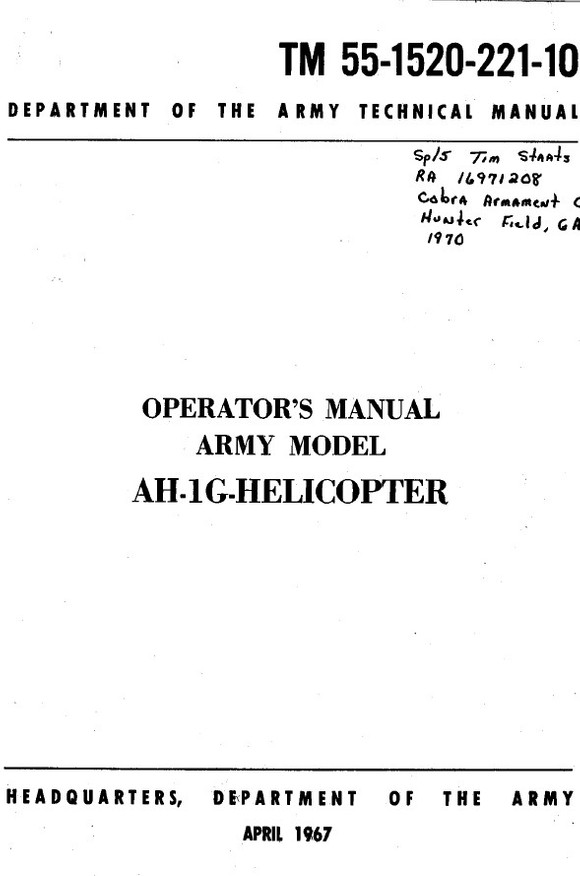












Related products
-
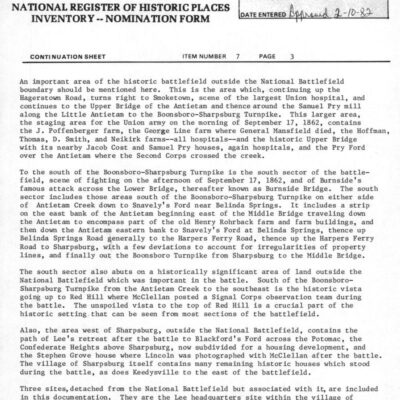
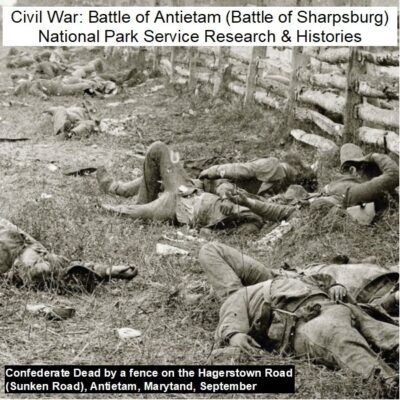
Civil War: Battle of Antietam (Sharpsburg) – National Park Service Archives
$9.99 Add to Cart -


Operation POPEYE in the Vietnam War
$5.94 Add to Cart -
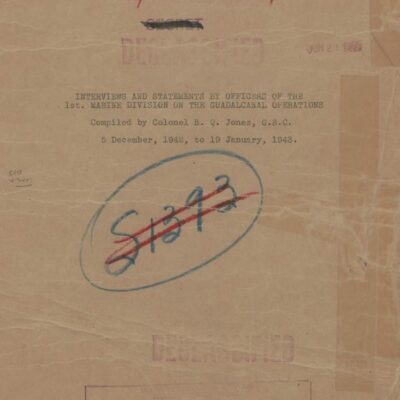
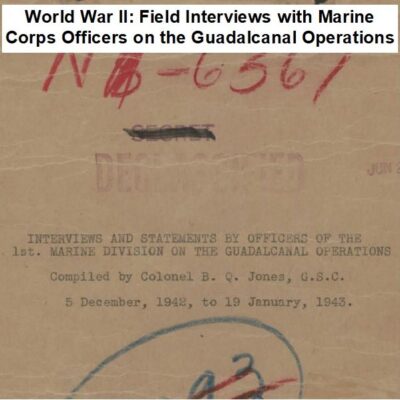
World War II: Marine Corps Officer Interviews on Guadalcanal Operations
$3.94 Add to Cart -
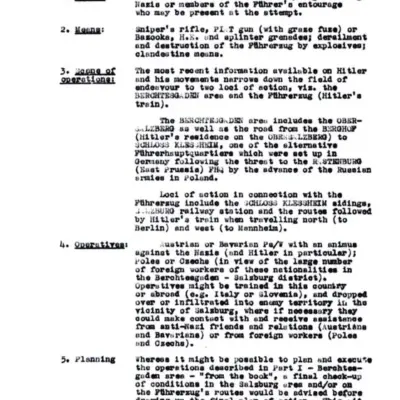
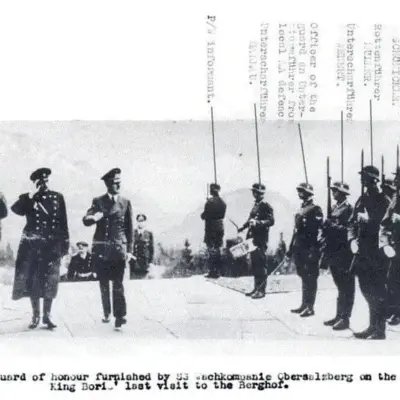
World War II: Adolf Hitler and Operation Foxley – British Assassination Plot
$19.50 Add to Cart